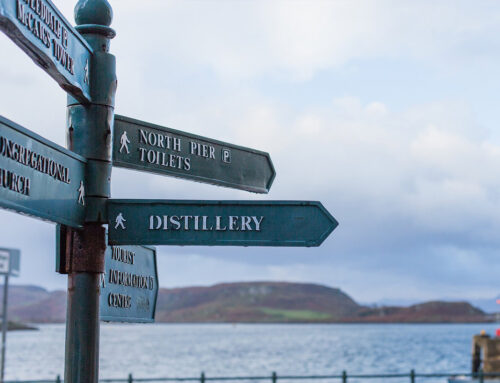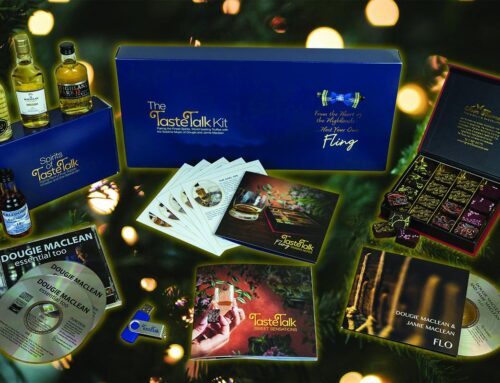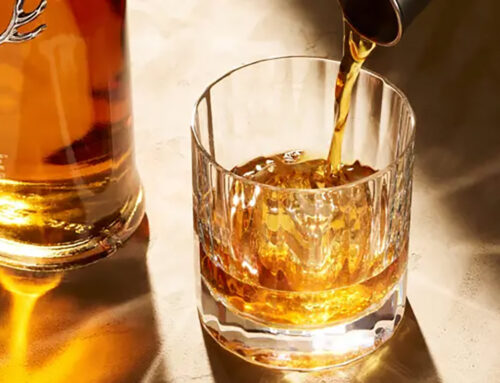Exploring the World of Scotch Whisky: A Comprehensive Guide to Single Malts, Blends, and Distilleries in Scotland
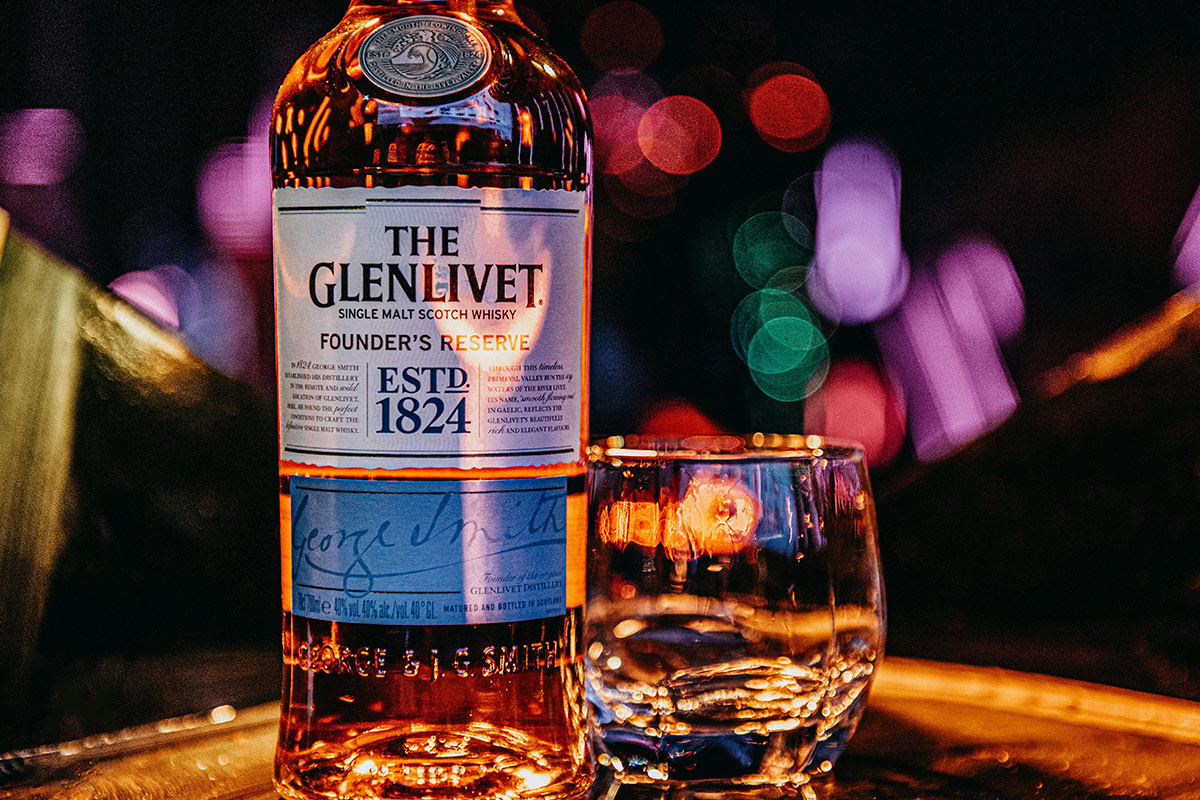
Scotch whisky is more than just a drink; it’s a symbol of Scottish heritage and craftsmanship, a testament to centuries of tradition, and a source of national pride. This comprehensive guide delves into the rich history, distinct categories, and diverse regions of Scotch whisky, as well as the production processes and notable distilleries that contribute to its global reputation.
The Rich Heritage of Scotch Whisky
The story of Scotch whisky is steeped in history and tradition. Distilling in Scotland dates back centuries, with early records suggesting that monks were the first to create whisky from malted barley. Over time, whisky production evolved from small-scale operations to a highly regulated industry, reflecting the cultural significance and economic importance of Scotch whisky.
The first written record of Scotch whisky, or “aqua vitae” as it was known, dates back to 1494 in the Exchequer Rolls of Scotland. The document records a monk named John Cor receiving eight bolls of malt to make whisky. This early form of whisky was likely very different from the refined spirits we enjoy today, but it laid the groundwork for an industry that would become synonymous with Scotland.
Scots Gaelic has played a crucial role in the heritage of Scotch whisky, with many distilleries and whisky terms rooted in the ancient language. This connection to the past is evident in the names of iconic brands and the terminology used in whisky production. Words like “glen” (valley) and “loch” (lake) frequently appear in the names of distilleries, reminding us of the deep ties between the land and the spirit.
The Act of Union in 1707, which unified the parliaments of England and Scotland, had a significant impact on the whisky industry. Taxes on malt and spirits increased, leading to widespread illegal distillation. By the 18th century, Scotland was awash with illicit stills, and smuggling became commonplace. This period of turmoil and ingenuity eventually led to the establishment of many of today’s legal distilleries, some of which trace their origins back to these early days of clandestine operations.
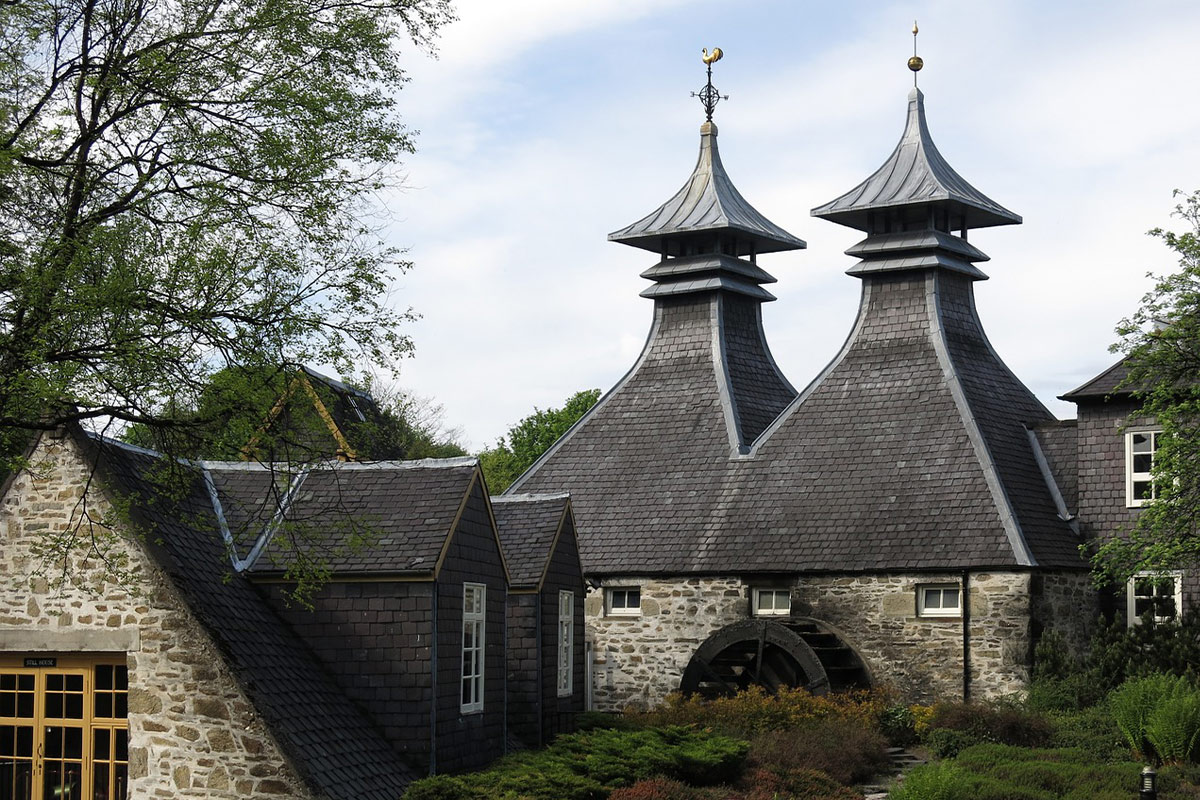
Understanding the Five Distinct Categories of Scotch Whisky
Scotch whisky can be classified into five distinct categories, each with unique characteristics and production methods. Understanding these categories is key to appreciating the diversity and complexity of Scotch whisky.
Single Malt Whisky
Single malt whisky is produced at a single distillery using malted barley and pot stills. Known for its complexity and depth of flavour, single-malt whisky is often considered the pinnacle of whisky production. Some of the most famous single malt whiskies include Glenfiddich, Glenlivet, and Macallan.
Single malt Scotch whisky is celebrated for its diverse flavour profiles, influenced by factors such as the distillery’s location, water source, and the ageing process. The use of malted barley and the dedication to traditional methods ensure that each single malt whisky maintains a distinctive character.
For instance, Glenfiddich is the best-selling single malt whisky in the world, and offers a range of expressions from light and fruity to rich and complex. Glenlivet, another Speyside giant, is known for its smooth and floral notes, while Macallan is famed for its luxurious and sherry-cask-aged whiskies.
Blended Scotch Whisky
Blended Scotch whisky is created by combining single-malt whisky with grain whisky. This category offers a harmonious balance of flavours and is often more approachable than single malts. Renowned brands like Johnnie Walker have popularized blended Scotch whisky worldwide.
The art of blending involves selecting whiskies from multiple distilleries to achieve a consistent and well-rounded flavour profile. Blended Scotch whisky accounts for the majority of whisky produced and consumed globally, reflecting its broad appeal. Master blenders like those at Johnnie Walker or Chivas Regal skilfully combine up to 40 different single malts and grain whiskies to create a blend with specific taste characteristics.
Blended Malt Whisky
Blended malt whisky, sometimes known as “vatted malt,” is made by blending single malts from different distilleries. Unlike blended Scotch, it contains no grain whisky. This category offers a unique opportunity to explore the interplay of flavours from various single malts, resulting in a complex and layered drinking experience.
Blended malts can offer the best of both worlds, combining the distinctive characteristics of multiple single malts into one cohesive spirit. Famous examples include Monkey Shoulder, which blends three Speyside single malts, and Compass Box’s range of innovative blended malts.
Single Grain Whisky
Single-grain whisky is produced at a single distillery but can include grains other than malted barley, such as corn or wheat. This type of whisky is often lighter and smoother than single-malt whisky, making it a versatile component in blends.
Single-grain whisky showcases the innovation and diversity within Scotch whisky production. Notable distilleries producing single-grain whisky include Cameronbridge and Girvan. These whiskies are distilled in continuous stills, which allows for a more consistent and lighter spirit compared to the batch distillation of single malts.
Grain Whisky
Grain whisky, a broader category encompassing single-grain whisky, is a key ingredient in blended Scotch whisky. It is typically distilled in continuous stills, resulting in a lighter and more neutral spirit that complements the rich flavours of malt whisky.
Grain whisky can be made from a variety of grains, including corn, wheat, and barley, providing a neutral canvas that enhances the complexity of blended whiskies. It is often aged in used oak casks, which impart subtle vanilla and caramel notes.
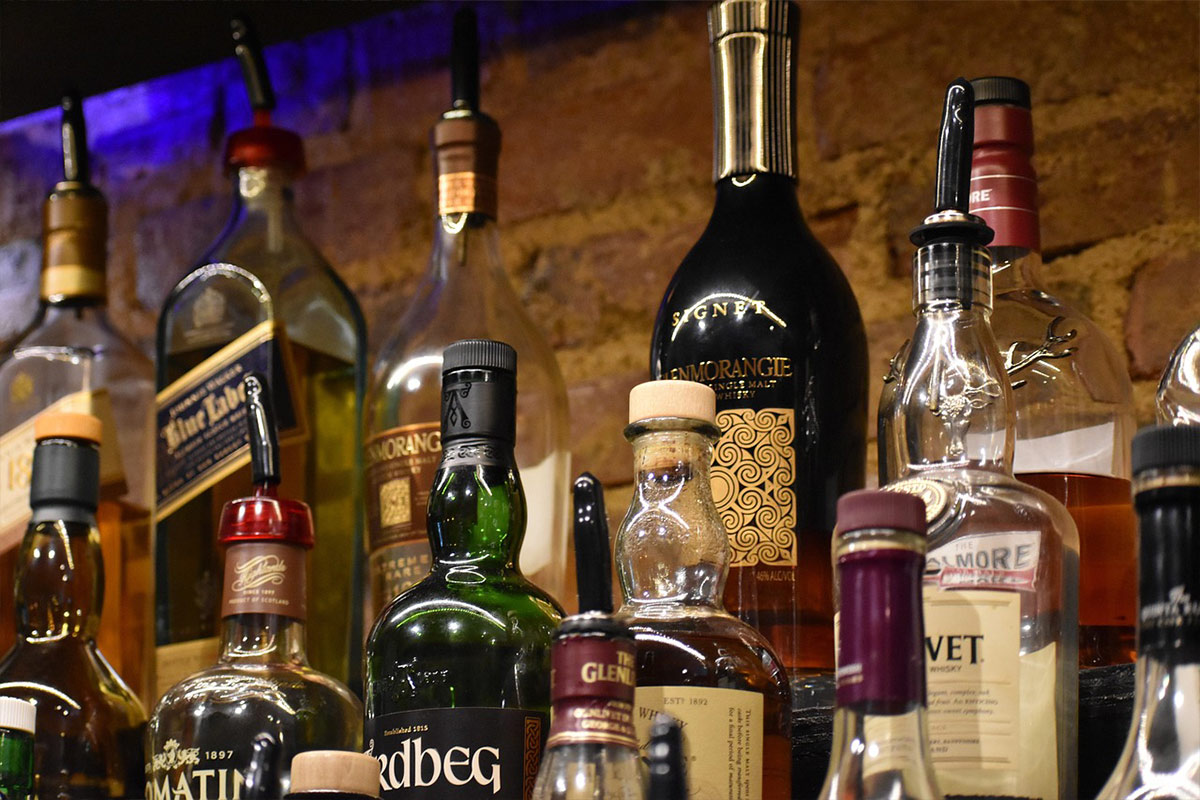
Key Ingredients and Production Process
The production of Scotch whisky involves several key ingredients and meticulous processes that contribute to its distinctive character.
Ingredients
The primary ingredient in Scotch whisky is malted barley, which is soaked in water, allowed to germinate, and then dried in a kiln. The choice of barley and the malting process significantly influence the flavour of the whisky.
Water is another crucial component, and distilleries often boast about their water sources, whether it’s a mountain spring, a river, or a loch. The mineral content and purity of the water can affect the fermentation process and the final flavour of the whisky.
Yeast is used to ferment the barley mash, converting the sugars into alcohol. Different strains of yeast can impart subtle flavour variations, and some distilleries guard their yeast strains as closely as their recipes.
Distillation
Scotch whisky is distilled in pot stills or continuous stills, depending on the type of whisky being produced. Pot stills are used for single malt whisky, while continuous stills are common in the production of grain whisky. The distillation process involves heating the fermented liquid to separate the alcohol, which is then collected and condensed into a more concentrated form.
Pot stills come in various shapes and sizes, each influencing the character of the spirit. Taller stills tend to produce lighter, more refined spirits, while shorter stills yield heavier, oilier whiskies. The “heart” of the distillation, or the middle cut, is carefully collected while the “heads” and “tails” are discarded or redistilled.
Ageing
The ageing process is crucial to the development of Scotch whisky’s flavour. By law, Scotch whisky must be matured in oak casks for at least three years. The type of cask used, whether it’s an American oak barrel or a sherry cask, imparts unique characteristics to the whisky. Many whiskies are aged in a combination of casks to achieve a desired flavour profile.
Casks previously used for bourbon, sherry, port, or wine can all influence the whisky’s flavour, adding notes of vanilla, dried fruit, spice, or chocolate. The interaction between the spirit and the wood, as well as the environmental conditions of the ageing warehouse, contribute to the whisky’s complexity.
Cask to Bottle
Once the whisky has matured, it is carefully selected and blended, if necessary, before being bottled. The bottling process involves filtering the whisky to remove any impurities and ensuring consistency across batches. The final product is then packaged and labelled, ready to be enjoyed by whisky enthusiasts around the world.
Some distilleries choose to bottle their whisky at cask strength, offering a more intense and undiluted experience. Others may chill-filter the whisky to remove any cloudiness when diluted with water or ice, though this can sometimes remove some flavour compounds.
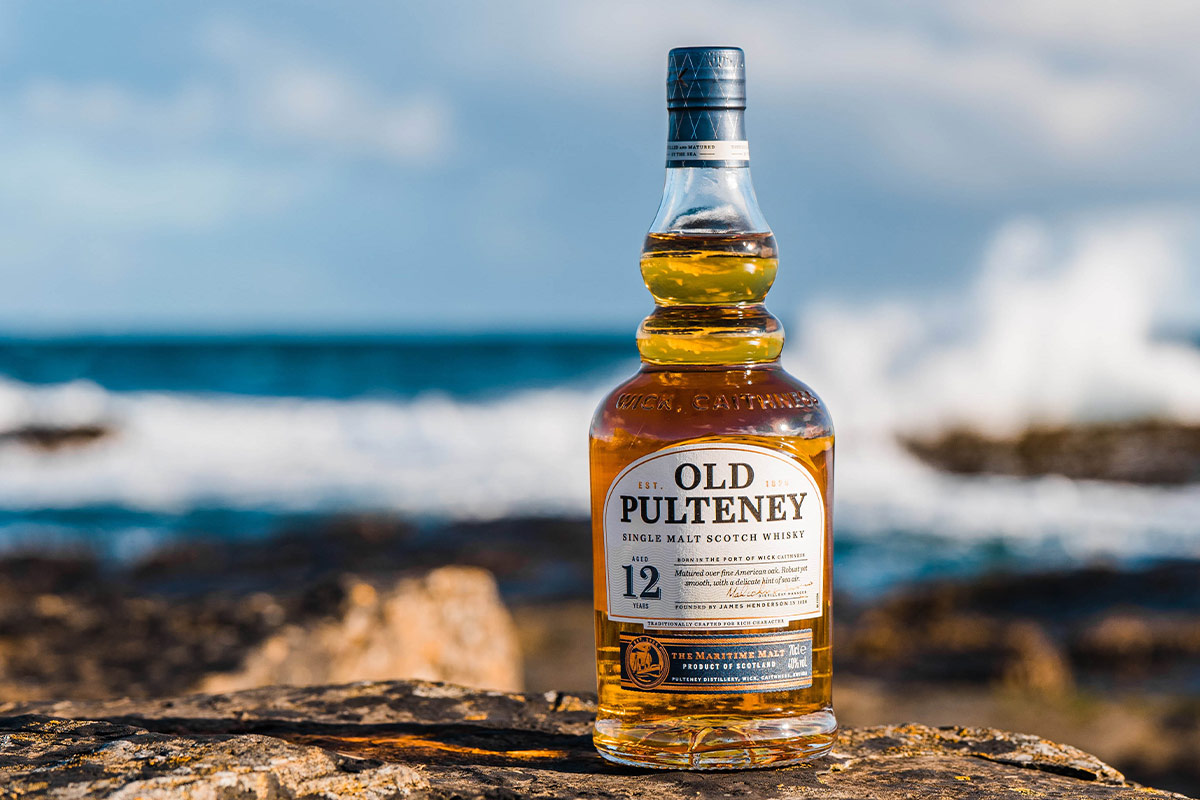
The Regions of Scotch Whisky
Scotland is divided into several whisky-producing regions, each with its own distinctive style and flavour profile.
Highlands
The Highlands region is the largest whisky-producing area in Scotland, known for its diverse range of flavours. Highland whiskies can vary from light and floral to rich and peaty. Notable distilleries in the Highlands include Glenmorangie, Oban, and GlenDronach.
The Highlands are often further subdivided into North, East, West, and Central regions, each offering unique expressions. For example, whiskies from the Northern Highlands like Glenmorangie tend to be rich and full-bodied, while those from the Western Highlands, such as Oban, are often more robust and maritime-influenced.
Speyside
Speyside is renowned for its sweet and fruity whiskies, often characterized by notes of apple, pear, and honey. This region is home to some of the most famous distilleries, including Glenfiddich, Glenlivet, and Macallan. The abundance of distilleries in Speyside makes it a popular destination for whisky enthusiasts.
Speyside whiskies are typically lighter and sweeter than those from other regions, making them accessible to a wide range of palates. The region’s proximity to the River Spey provides an abundant water source, essential for whisky production. Many Speyside distilleries also age their whiskies in sherry casks, adding rich fruit and spice notes.
Islay
Islay whiskies are known for their bold, smoky, and peaty flavours, influenced by the island’s coastal environment. Distilleries like Laphroaig, Ardbeg, and Lagavulin produce some of the most distinctive and sought-after whiskies in the world.
The peat used in Islay whisky production gives these whiskies their characteristic smoky flavour. The island’s harsh weather and exposure to the sea also contribute to the unique maritime notes found in Islay whiskies. Despite their robust profiles, Islay whiskies can vary greatly, from the heavily peated Ardbeg to the more balanced and complex Bowmore.
Lowlands
Lowland whiskies are typically light and floral, making them an excellent introduction to Scotch whisky for newcomers. Auchentoshan and Glenkinchie are among the notable distilleries in this region, known for their smooth and approachable whiskies.
Lowland whiskies are often triple distilled, resulting in a lighter and more delicate spirit. This region’s whiskies are perfect for those who prefer a subtler, more refined flavour profile. The gentle landscape of the Lowlands, with its rolling hills and fertile plains, mirrors the soft and elegant nature of its whiskies.
Other Notable Regions
Other regions, such as Edinburgh and the surrounding areas, the Isle of Skye, and the Isle of Jura, also contribute to Scotland’s rich whisky heritage. Each region offers unique expressions that reflect the local terroir and production techniques.
For example, Talisker from the Isle of Skye is known for its peppery and maritime character, while Jura produces a range of whiskies from light and fruity to rich and peaty. The diversity of these smaller regions adds to the overall richness of Scotch whisky.
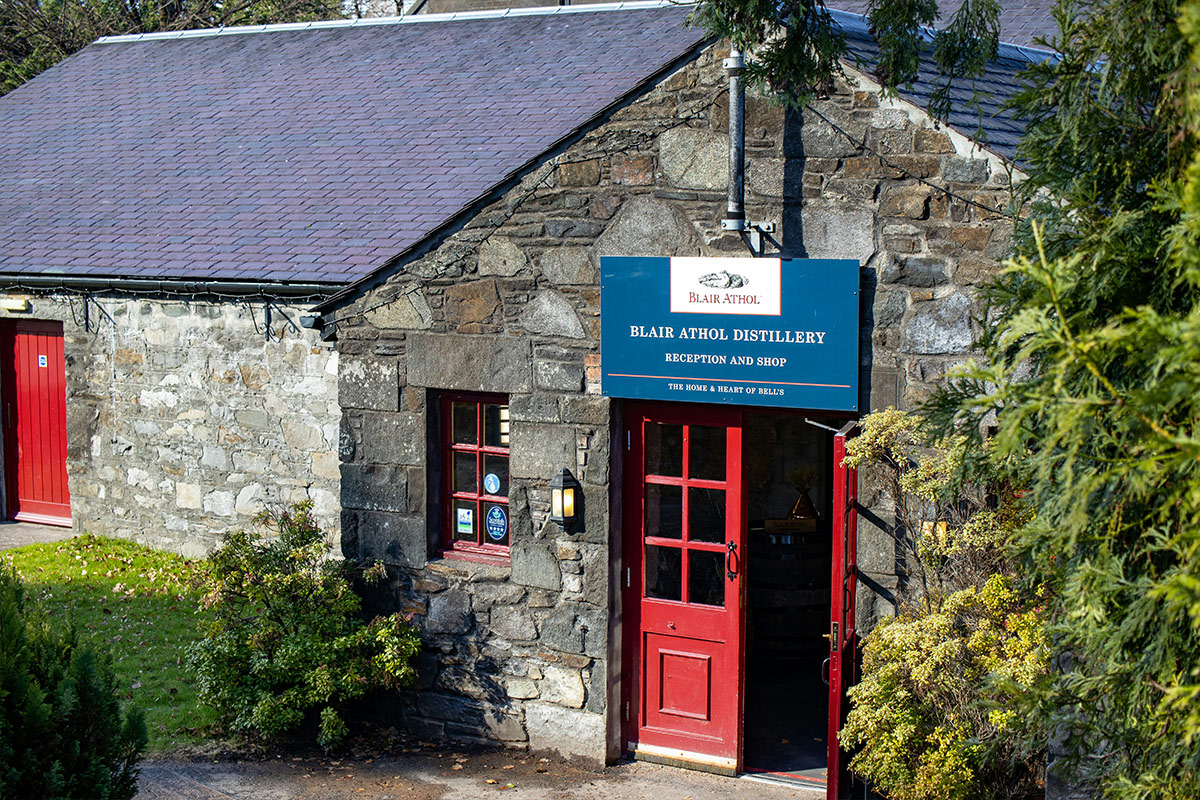
Famous Distilleries and Their Unique Offerings
Scotland is home to numerous iconic distilleries, each with its own history and signature style.
Glenfiddich
Glenfiddich, located in Speyside, is one of the best-selling single-malt whiskies in the world. Known for its rich and fruity profile, Glenfiddich offers a range of expressions that showcase the distillery’s dedication to quality.
Glenlivet
Glenlivet, another Speyside giant, is famous for its smooth and well-balanced whiskies. The distillery’s range includes aged expressions that highlight the influence of oak casks on the whisky’s flavour.
Macallan
Macallan is renowned for its luxurious and complex single-malt whisky, often aged in sherry casks. The distillery’s commitment to craftsmanship and innovation has earned it a reputation as one of the finest producers of single-malt Scotch whisky.
Independent Bottlings
Independent bottlings play a significant role in the whisky industry, offering unique and limited-edition releases that provide a different perspective on well-known distilleries. Companies like Gordon & MacPhail and Douglas Laing select and bottle whiskies from various distilleries, often highlighting rare and unusual casks.

The Journey from Cask to Bottle
The journey of Scotch whisky from cask to bottle is a meticulous process that ensures each bottle meets the highest standards of quality.
Maturation
During maturation, whisky absorbs flavours from the oak casks, developing complexity and character. The type of cask, whether it’s a bourbon barrel or a sherry cask, greatly influences the final product. Many distilleries use a combination of casks to create a balanced and nuanced flavour profile.
Bottling
Before bottling, whisky is often filtered to remove any impurities and ensure clarity. This process is followed by the careful selection of whisky from different casks to create a consistent product. The final step involves bottling the whisky, labelling it, and preparing it for distribution.
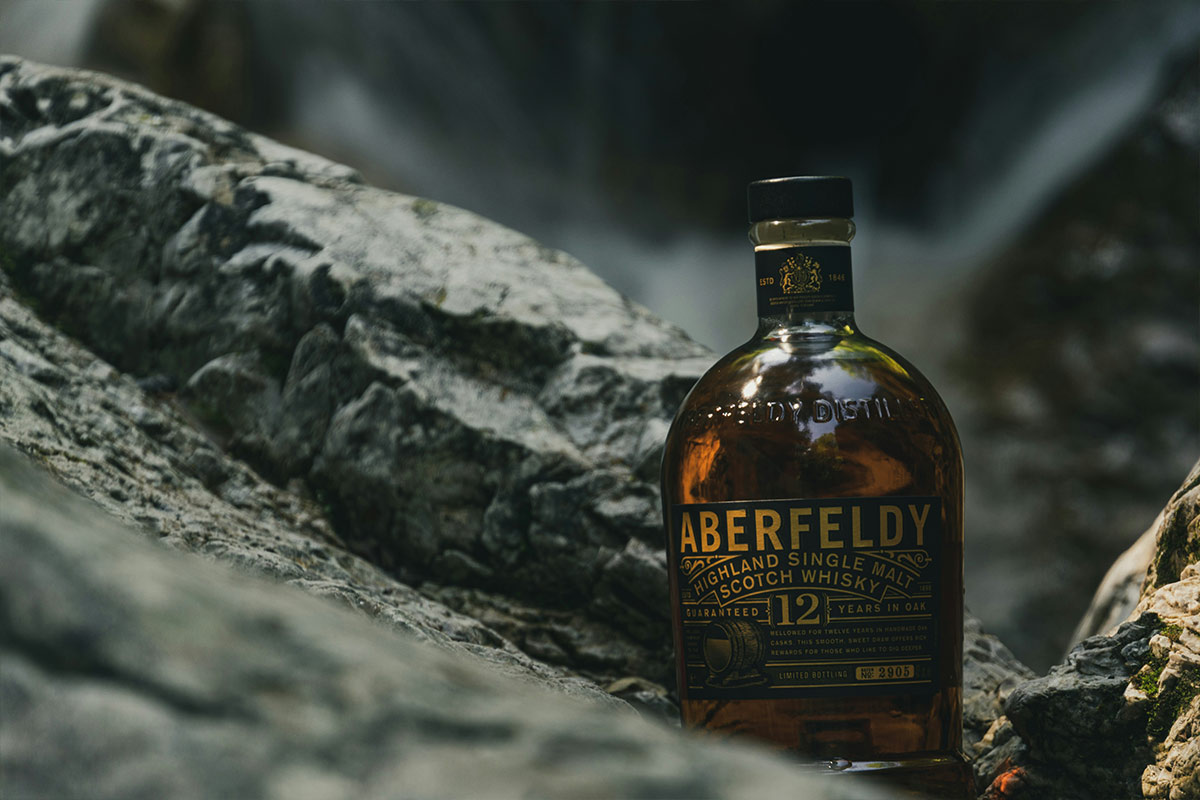
The Scotch Whisky Experience
Visiting Scotland offers whisky enthusiasts the opportunity to immerse themselves in the rich culture and heritage of Scotch whisky.
Distillery Tours
Many distilleries offer tours that provide insight into the whisky-making process, from malting and distillation to ageing and bottling. Visitors can learn about the history of the distillery, sample various expressions, and even purchase exclusive bottlings.
Popular Whisky Tours
Several companies offer guided whisky tours that take visitors to multiple distilleries across different regions. These tours often include tastings, educational sessions, and the chance to explore Scotland’s beautiful landscapes.
In addition to traditional distillery tours, there are interactive experiences such as whisky tastings, masterclasses, and blending workshops. These activities allow enthusiasts to deepen their knowledge and appreciation of Scotch whisky.
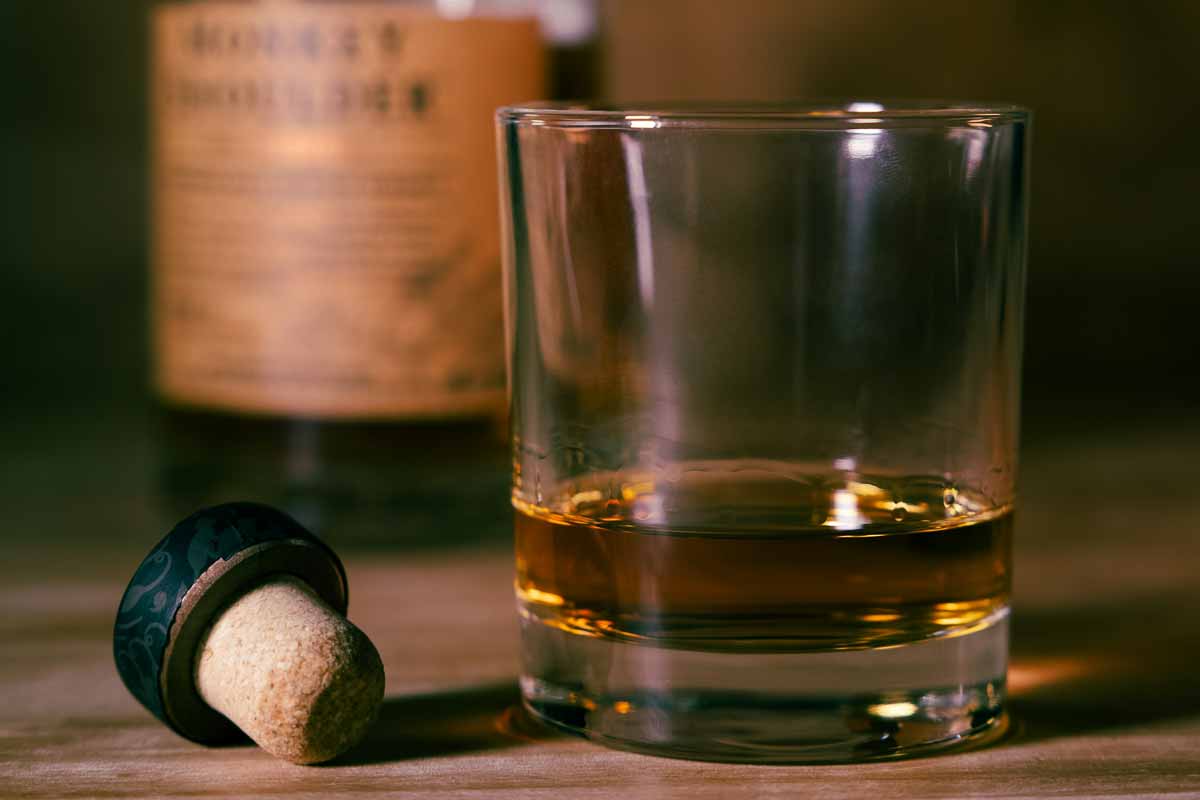
Your Scotch Whisky Adventure
Whisky making is a testament to Scotland’s rich heritage, craftsmanship, and innovation. From the distinct categories and regional variations to the meticulous production process and renowned distilleries, Scotch whisky offers a diverse and captivating world to explore. Whether you’re a seasoned connoisseur or a curious newcomer, the journey through the world of whisky, such as single malt whisky promises a memorable and enriching experience.
By understanding the history, production methods, and regional characteristics of malt whisky, enthusiasts can develop a deeper appreciation for this iconic spirit. The diverse range of flavours and styles ensures that there is a single-malt whisky to suit every palate, making it a truly global phenomenon.
As you explore the world of Scotch whisky, take the time to savour each dram, appreciate the craftsmanship behind every bottle, and celebrate the rich traditions that continue to shape this remarkable industry. Whether enjoyed neat, on the rocks, or in a carefully crafted cocktail, Scotch whisky offers a timeless and unparalleled experience that transcends borders and generations.
With its rich history, diverse categories, and exceptional quality, Scotch whisky, specifically single malt scotch whisky remains a symbol of Scottish pride and a beloved spirit worldwide. Cheers to the enduring legacy of Scotch whisky and the endless possibilities it offers to those who seek to explore its depths. Slàinte mhath!
